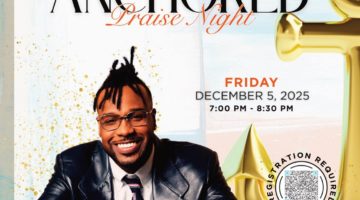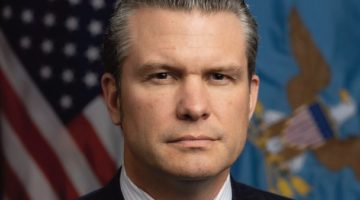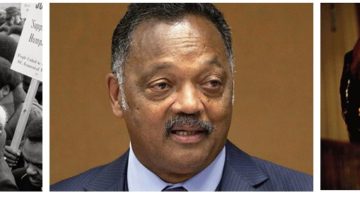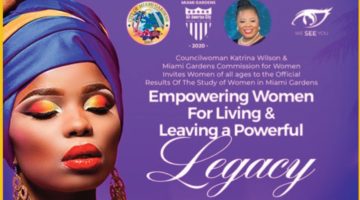 CHARLESTON, S.C. (AP) _ Almost 100 years after his death, a black Union Civil War vet from South Carolina finally has a veterans marker on his grave.
CHARLESTON, S.C. (AP) _ Almost 100 years after his death, a black Union Civil War vet from South Carolina finally has a veterans marker on his grave.
The white gravestone for Henry Benjamin Noisette was dedicated Thursday during a Veterans Day ceremony at a small black cemetery by an interstate.
Veterans are entitled to such markers provided by the government.
But Noisette's military past was not discovered until recently by a researcher with the African American Historical Alliance, a nonprofit working to increase awareness of the role of blacks in the war and Reconstruction in South Carolina.
Noisette escaped slavery and joined the U.S. Navy in 1862. The Charleston native served on the USS Huron and saw action against Confederate defenses on the Stono River near Charleston and the Ogeechee River south of Savannah, Ga.
The Huron captured a Confederate blockade runner, but its crew was later ravaged by fever. Noisette, suffering from debilitating arthritis, was discharged from the Navy in 1863 in Philadelphia after being transferred to the USS Princeton, the ship name that appears on his gravestone.
After the war, Noisette returned to Charleston and died in 1911.
During the ceremony, the colors were posted by re-enactors representing the 54th Massachusetts _ the black Union regiment that took heavy casualties attacking the Confederate Battery Wagner on Charleston Harbor in 1863. The battle was depicted in the movie, “Glory.''
Then the gravestone was unveiled by Robert and Roberta Frasier, 61-year-old twins who are Noisette's great-grandchildren. Citadel cadets sang the Navy Hymn to close the brief ceremony attended by about 50 people.
“I'm a former history teacher so you know I'm excited,'' Roberta Frasier said. “I'm really excited about getting to know who he was.“'
As a child, Frasier remembers coming to the Friendly Charitable Association Cemetery to clear away weeds from the graves. She knew Noisette was buried in the family plot but, until now, he never had a headstone in the small cemetery that he helped start.
At the time, while blacks and whites could attend church together, but could not be buried in the same graveyard, Frasier said.
Frasier she never knew anything about Noisette's military service until recently.
In recent years, the African American Historical Alliance has recovered the lost histories of several blacks from the area who fought for the Union.
“Nobody ever told me that an African-American ever did anything to lift an arm'' to help the Union, said Russell Horres, a member of the group's board of directors. “This is just phenomenal.''












No Comment